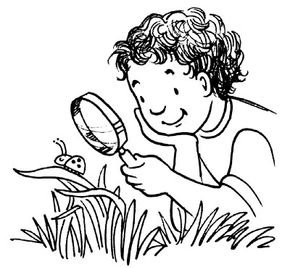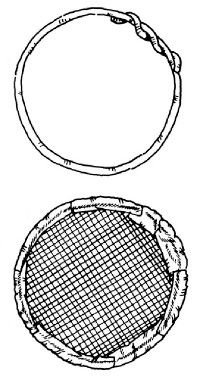Have you ever wondered what goes on between blades of grass, or what you can find flowing along with the water in a stream? An easy outdoor science activity for kids can help you find the answers.
There's a whole world out there, waiting to be investigated and explored.
Advertisement
Follow the links below for easy outdoor science activities for kids:
Sift a stream and discover what the current is carrying.
Put yourself in the place of a famous explorer and see the world in a fresh light.
You'll be surprised at the things that sprout and crawl from the soil in this experiment.
There's an amazing world under the soles of your feet -- just look a little closer!
Find out how bugs feel about cold weather.
You can collect the colors of a rainbow -- right in your yard.
It's a long way to the top if you want to roll a rock.
That background noise may be louder than you think!
See how sounds travels through different materials with this activity.
Observe the direction of the wind as it blows along the clouds with a simple device.
Give your imagination a workout with these questions.
Keep reading to learn how you can discover what's in the water of a river.
For more fun outdoor activities and kids' crafts, check out:
- Easy Crafts For Kids
- Easy Gardening Activities For Kids
- Gardening Channel
Advertisement


